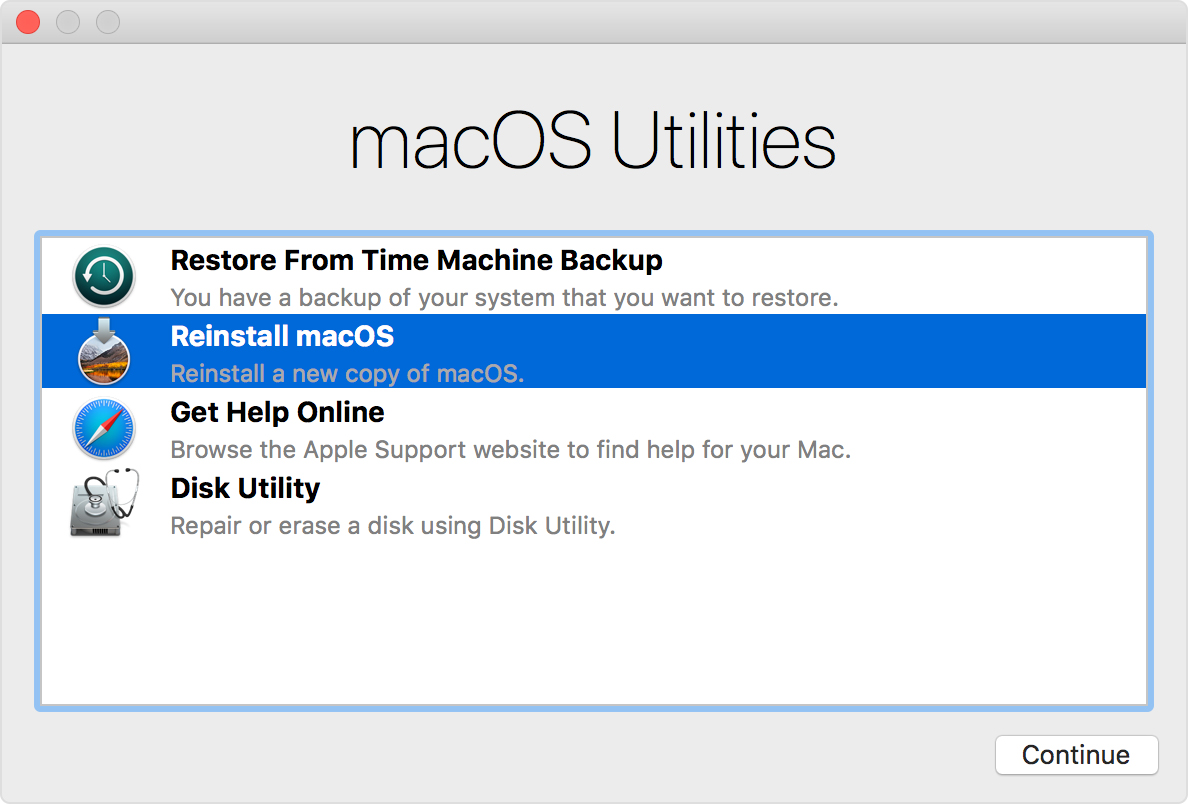How To Make A Recovery Disk For Mac Yosemite
Important:You will need to use an administrator account on your Mac in order to run the Terminal commands to create a boot drive. Click on Finder in your Dock to open a Finder window. Select Applications from the list on the left side of the window. Scroll down and double-click on Utilities. Scroll down and double click on Terminal. You can now create recovery partition on your system. Also, if there is a USB connected to your system, it might show up in the options. However, you must click on the disk to create recovery partition. Click on Create. Click on Finish, and you have your recovery partition on the hard disk. OS X Yosemite install file (re-download it if your computer deleted it after installing the OS or make this recovery drive before you install the OS). An flash drive with 8 GB or more capacity. A computer running OS X 10.9 Mavericks or newer (that’s what I’m using for this tutorial, so I can’t guarantee it works on older versions).
The new version of Disk Drill for Apple products is available in more than 10 languages, including English, Turkish, Korean, Taiwanese, Malaysian and Arabic. It can recover data from Apple’s Mac computers and iPhones. Set up outlook for office 365.
After the whole process must have been completed, you can now use this flash drive to install OSX Yosemite to any MAC. It’s actually that simple. Method 2: Using Terminal If for some reasons you couldn’t get DiskMaker X working for you, you might want to follow this geeky steps using Terminal to achieve same result. Firstly Download the Yosemite installer. Insert your 8GB (or larger) flash drive (make sure you assign a name to it – I’ll be using Untitled as my drive name for this tutorial).
Remove delegates outlook 2016. On 24 August, 2015. Ahh makes me want to take out my cassettes and relive the times when music was ‘good’ and when folks appreciated the warmth and essence of analogue media. I never wiped my drives for performance reasons because re-partitioning and re-formatting is sufficient for that.

The first app I installed was Dropbox which I obtained from the clone which has a copy of the Dropbox contents synchronised from the Dropbox website. The second app I added to the Applications folder, again from the Dropbox folder located on the clone, was 1Password because I must enable myself access to my highly secure vault to obtain my Dropbox credentials. The most up-to-date iteration of the vault was previously synchronised to Dropbox which was also copied to the new installation. Sure, I could simply have copied the Dropbox folder and all sub-folders [I am both obsessive and compulsive with organisation] but I chose not to. Once the Dropbox credentials were entered in the Dropbox app and the folder was synchronised, I copied all the apps to the Applications folder. Afterwards I went through the tedious process of re-activating each one via the license information also contained in my highly secure vault.
It could take one or two hours to complete the process depending on your computer and other variables. Since you're here.I've got a small favor to ask. This is an independent site, and it takes a lot of time and hard work to produce content. Although more people are reading Pureinfotech, many are using adblocker. Advertising revenue that helps to pay bills is falling fast. And unlike many other sites, here there is not a paywall or anything blocking readers from accessing the site. So you can see why your help is needed.